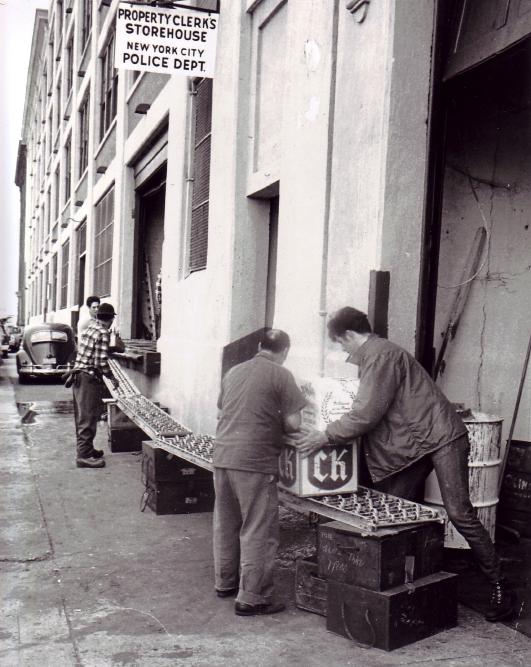 I have a few articles I want to link to.
I have a few articles I want to link to.
In keeping with my ongoing obsession with evidence storage, the first is to a Newark Star-Ledger article by Guy Sterling and Rick Hepp titled, N.J.’s lack of rules for storing forensic evidence hinders convicts. It begins:
“In 1991, two years after the first DNA exoneration of a jailed criminal in the United States, Jim McCloskey visited a prosecutor he knew in Philadelphia to talk about a convicted murderer and rapist he believed had been wrongly imprisoned for a quarter-century. The prosecutor agreed to have the evidence checked but called back in a few weeks with disheartening news.
‘A month before I came into the case and 27 years after the crime, the evidence custodian had petitioned the district attorney to destroy the evidence in 100 old cases, including our guy’s,’ said McCloskey, whose Centurion Ministries program in Princeton has worked to free 43 prisoners over the years.”
The second is a Los Angeles Times article by Joel Rubin and Richard Winton about the LAPD’s fingerprint unit. Follow-up article is here. Since fingerprints seem to be used more than DNA as evidence, I continue to be concerned about the lack of statistical evaluation, and oversight about fingerprint analysis and analyzers. From the Wikipedia entry about fingerprints:
The few tests of validity of forensic fingerprinting have not been supportive of the method:
Despite the absence of objective standards, scientific validation, and adequate statistical studies, a natural question to ask is how well fingerprint examiners actually perform. Proficiency tests do not validate a procedure per se, but they can provide some insight into error rates. In 1995, the Collaborative Testing Service (CTS) administered a proficiency test that, for the first time, was “designed, assembled, and reviewed” by the International Association for Identification (IAI).The results were disappointing. Four suspect cards with prints of all ten fingers were provided together with seven latents. Of 156 people taking the test, only 68 (44%) correctly classified all seven latents. Overall, the tests contained a total of 48 incorrect identifications. David Grieve, the editor of the Journal of Forensic Identification, describes the reaction of the forensic community to the results of the CTS test as ranging from “shock to disbelief,” and added:
Errors of this magnitude within a discipline singularly admired and respected for its touted absolute certainty as an identification process have produced chilling and mind- numbing realities. Thirty-four participants, an incredible 22% of those involved, substituted presumed but false certainty for truth. By any measure, this represents a profile of practice that is unacceptable and thus demands positive action by the entire community.
What is striking about these comments is that they do not come from a critic of the fingerprint community, but from the editor of one of its premier publications.





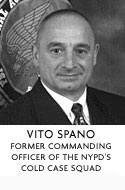
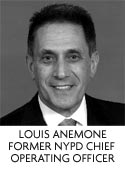
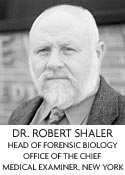

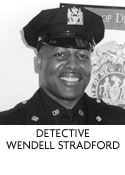
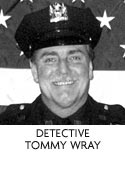

0 responses so far ↓
There are no comments yet...Kick things off by filling out the form below.
Leave a Comment